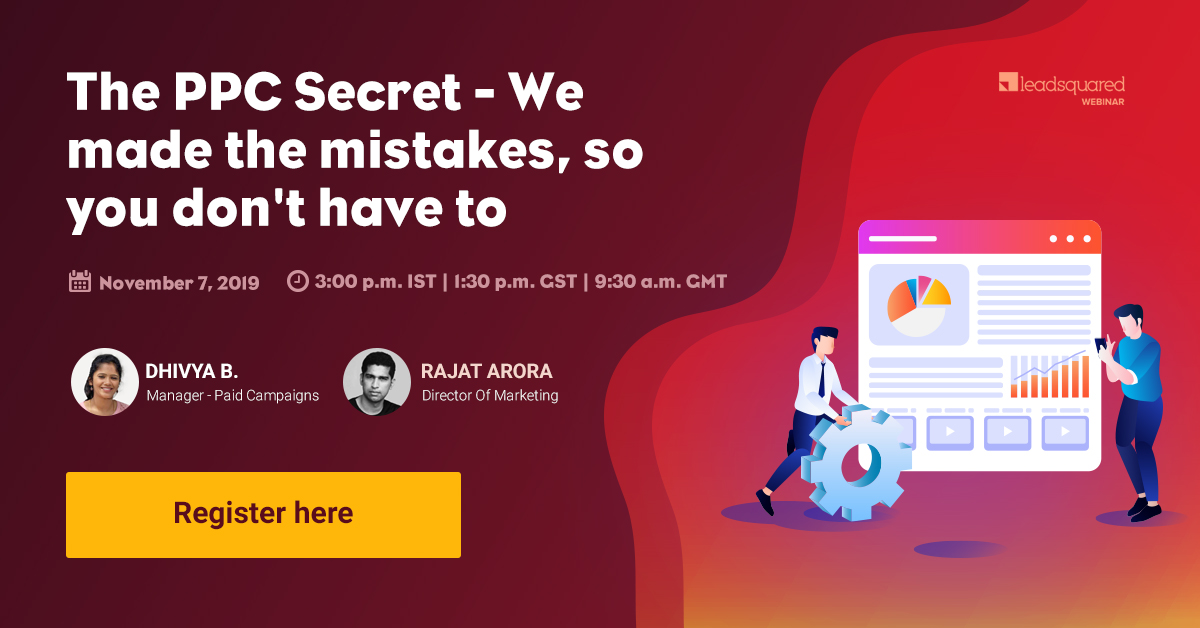Pay per Click ads are real puzzlers of the marketing world. We attempted to solve the puzzle, and we succeeded. Well, I’ll be honest here. We didn’t taste victory in our initial attempts. But we kept on trying. Ultimately, after a series of hits and trials, we learned and came up with the best PPC marketing hacks.
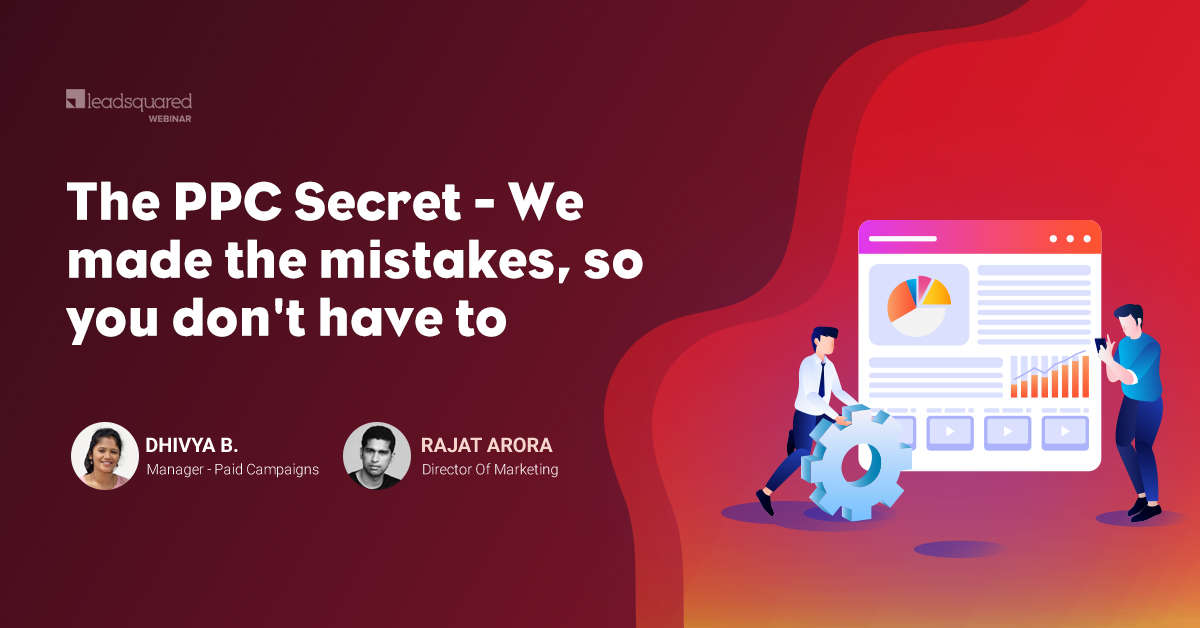
Now, we have the secret ingredients required for an outstanding PPC marketing campaign. We divulged it in the webinar and we got many questions from the attendees.
So, here is a list of those questions. Let us answer them one at a time.
Q1. What model of lead attribution do you use? Do you analyze cross-platform attribution for leads influenced by Google on LinkedIn and vice-versa?
At present, we are using the “Last Click” attribution model. We were using the “First click” attribution model before that. In the “Last Click” attribution model, we can track cross-platform attribution mapping with CRM. It helps us to track the complete path of a lead from the PPC lead source.
Q2. What is the ideal conversion rate for Google Ads search campaigns in B2B marketing?
The ideal conversion rate for B2B businesses is 9-10%, sometimes it can be more. To achieve that, you must check everything – your traffic, CTR, impression share and the landing page. Give 10-15 visits for a landing page to know its performance.

Q3. Can you elaborate on top of the page bid option in AdWords? Should we go for it, because there have been many instances where even after using this option it was not profitable?
It does not exclusively depend on the top of page bid option in Google Ads, you may also want to consider quality score, CTR and conversion rate. You might want to go with a bid near the top of page bid and simultaneously optimize your ad copy and landing page which can work as PPC marketing hacks. When the quality score improves the chances of you getting conversions will be more than your competitors.
Q4. How Facebook ad frequency depends on the quality of leads?
Facebook is a platform for generating more leads, but most of them are of low quality. To cater to this problem, you must optimize your Facebook ads. Custom audiences and lookalike audiences perform better than general Facebook targeting.
If you have budget constraints, you can start with Facebook ads. Here, the CPC is low when compared to other platforms and the conversion rate is high (if your campaign is well targeted).
But, from experience, we can tell you that Facebook will not generate many qualified leads.
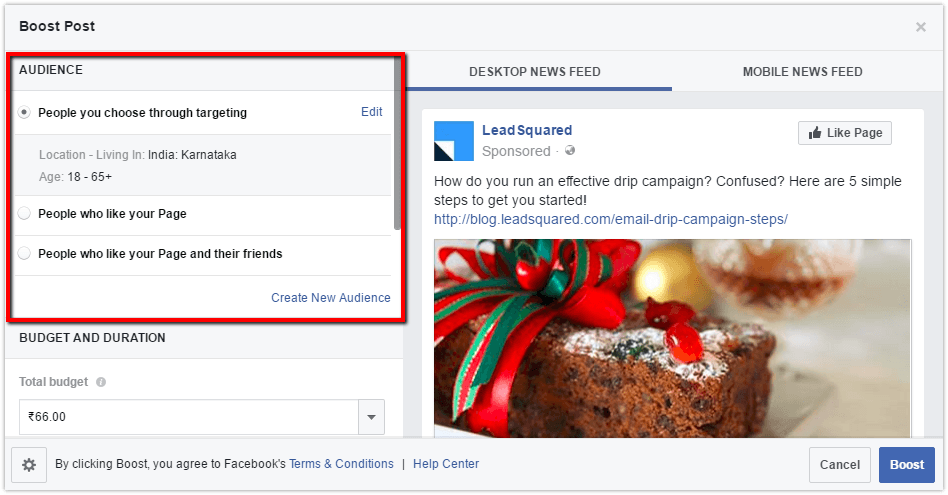
Q5. Do you use Facebook / Instagram Ads for B2B?
We have seen success with Facebook. But, it doesn’t work in all geographies. Sometimes junk leads might be more. So, you have to refine your message. We haven’t tried Instagram, but our customers in education, healthcare, and travel industries use them.
Q6. How do you optimize the bid strategy on Facebook?
When you are optimizing your Facebook campaign, if you aim to get leads – you can try out the CPC bidding. But, if you wish to drive traffic then you might want to go with CPM. Try out different bidding strategies. It will help you know what works for your business and the strategies which you might want to use.
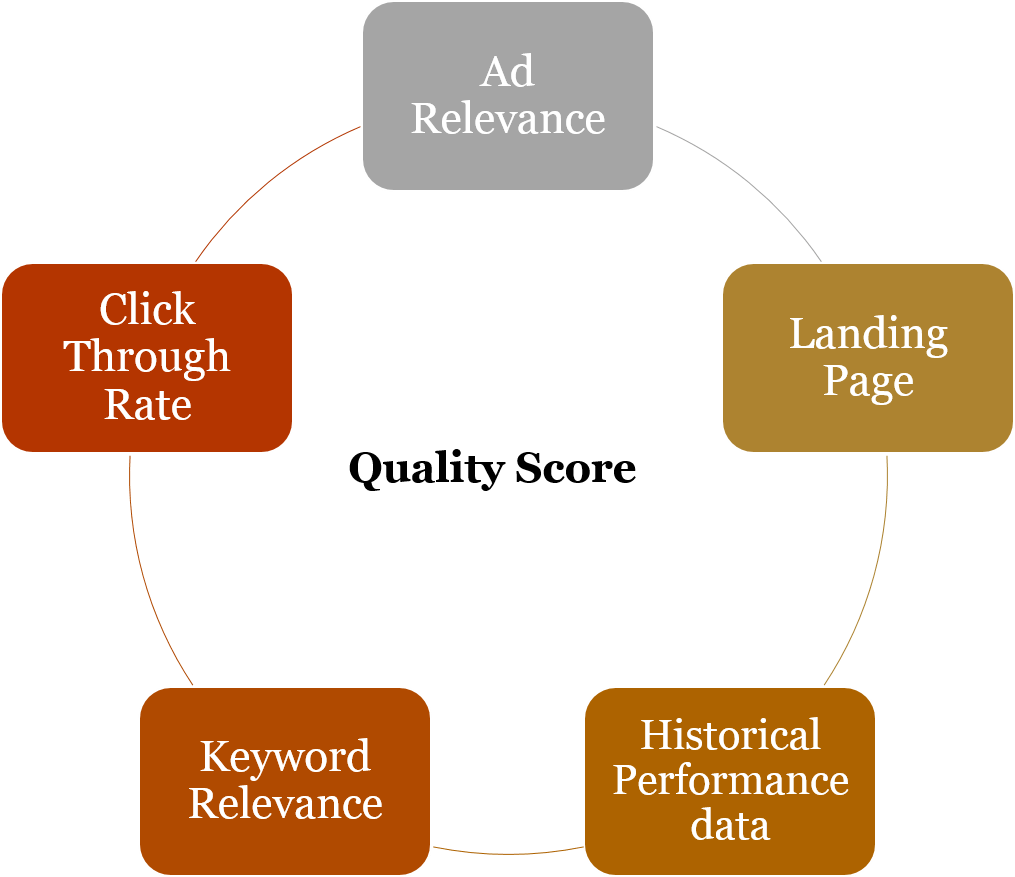
Q7. What is the best platform to start with for B2B ads?
Paid ads on any platform depend on two things:
· Target audience
· Budget
If your business focuses on quality lead generation rather than high lead inflow, you can start with google ads. You must create PPC marketing campaigns according to the products, geography and other criteria based on your requirements.
If you want high-quality leads from Facebook, then you should consider adding specific interests and behavioral targeting. It will increase the chances of your recipients to act on the ads.
In case you have a restricted budget, but you are ready to run ads on Google AdWords. Then, you can start with a daily budget of $15 and observe its results. You can then plan your campaigns accordingly. You can also run ads on LinkedIn, YouTube and Bing in addition to Facebook and Google Ads. Instagram and Snapchat are not ideal for the B2B market, so you may skip those.
Q8. How can we approach a third party site to feature us?
Most of the 3rd party sites have either free listing options or paid options. You can check on their websites.
Q9. Can you please elaborate more on third party sites and give some examples?
A third-party website is used to run advertisements in the form of emails, display ads, blog posts, and social media posts.
Any event or review based website with a good amount of traffic can be your third-party website. For eg. in the education industry websites like Higher Education Review, EdTechReview, etc might help.

Q10. Speaking of targeting the audience that isn’t already mentioned, for example, “the retailers”. How can they be targeted as an audience for B2B marketing?
To answer that, you can upload the list of companies you are trying to target. Once the traffic builds up, you can run retargeting campaigns as well
Q11. Have you ever tried programmatic buying?
We haven’t done a whole lot of it. We have tried direct programmatic buying and industry-specific ads on industry-specific publishers. It is worth a shot!
Q12. What to do in a scenario, when a campaign is getting good clicks & CTR is also good, but conversions are dismal?
Now, this might depend on how you are capturing your leads from different channels. In this case, you might want to relook at your landing pages. You can take help with optimizing your landing pages here.
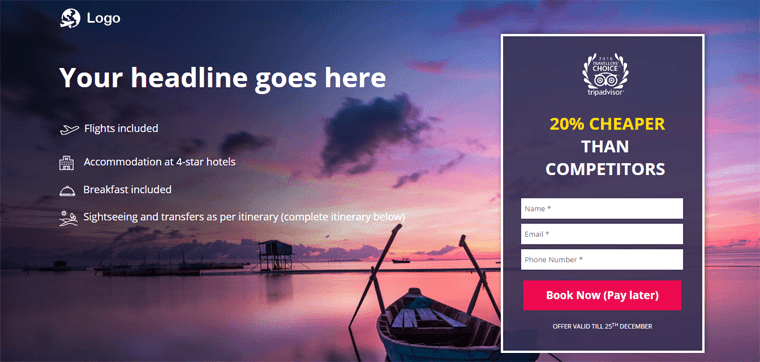
Q13. Do you do PPCs only in India?
We do it across geographies like APAC, Middle East, USA and many more. But, we haven’t found it to be super-efficient everywhere.
Q14. Can IT companies get more leads from Google PPC when compared to listing sites such as Clutch.co, Good firms.co, ITfirms.co, etc. ?
It depends on how you are targeting them. Google is a constant for us. It gives you visibility for your specific keywords when people search for them. We have free listings on websites like G2Crowd, Capterra, etc. From time-to-time, we have run ads on them as well.
But, Google is most efficient in providing visibility when people are specifically looking for those keywords. I am not sure how exactly Good firms work, but for G2Crowd and others, the cost per high-quality lead is pretty high. So, we just maintain a free updated profile there.
Q15. What is the conversion rate for LinkedIn & Twitter in the case of B2C & B2B for India and the USA?
For the B2B marketplace at LinkedIn, on a good day, you can expect 2 leads out of 10 clicks. But, there is a catch. The lead generation goal works better than brand awareness. We could see the drop in the conversion rate when we tried redirecting our audience to a landing page, rather than lead gen forms (It is a pre-filled form). A mobile-optimized page can also speed up your conversion rate on LinkedIn.
Q16. How do you identify whether a lead punched from organic or paid ads?
When a lead is captured from the website, cookies get collected and they help you in tracking the lead. With LeadSquared you can track the entire journey of your lead. Here are some PPC marketing hacks that you might want to put into action.
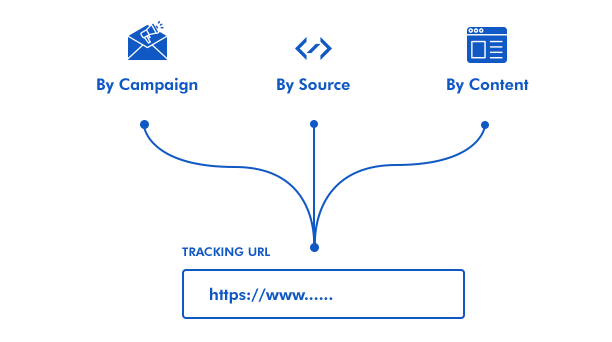
LeadSquared is a lead tracker that can track the source of your lead. Also, you can add the UTM parameters which consist of the source medium, source campaign, and lead source in every URL. It helps us to track the lead details. You can read more about the tracking URL here.
Q17. How can you effectively increase the traffic on your website?
There are a multitude of options – You can use a combination of Social Media, SEO/SEM, PPC, Quora, etc. Fastest is PPC, but SEO is the most long-lasting.
You can access the webinar recording here and the presentation deck here.





